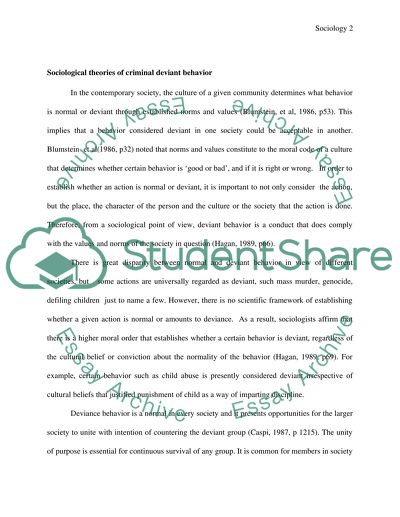Cite this document
(“Sociological Perspectives of Deviance Over The Life Course Research Paper”, n.d.)
Retrieved from https://studentshare.org/family-consumer-science/1416468-sociological-perspectives-of-deviance-over-the
Retrieved from https://studentshare.org/family-consumer-science/1416468-sociological-perspectives-of-deviance-over-the
(Sociological Perspectives of Deviance Over The Life Course Research Paper)
https://studentshare.org/family-consumer-science/1416468-sociological-perspectives-of-deviance-over-the.
https://studentshare.org/family-consumer-science/1416468-sociological-perspectives-of-deviance-over-the.
“Sociological Perspectives of Deviance Over The Life Course Research Paper”, n.d. https://studentshare.org/family-consumer-science/1416468-sociological-perspectives-of-deviance-over-the.


